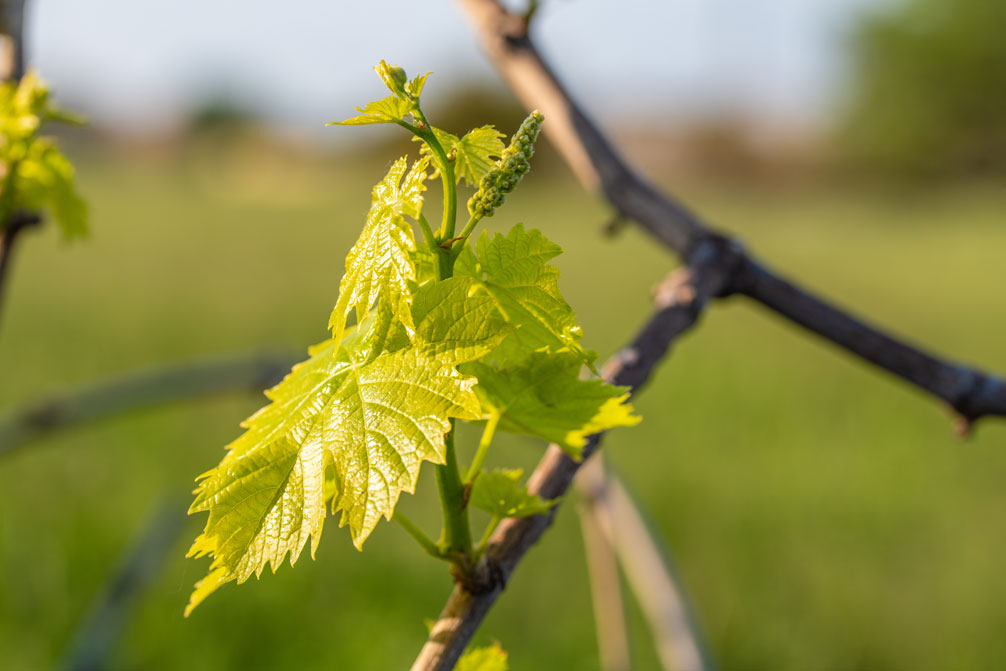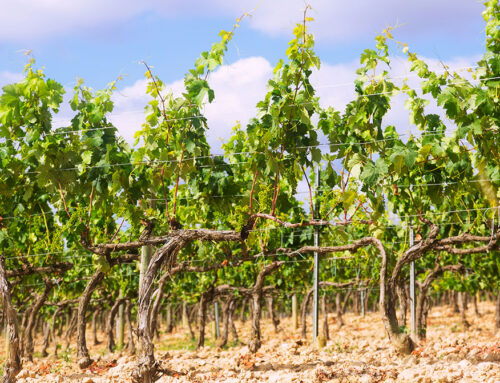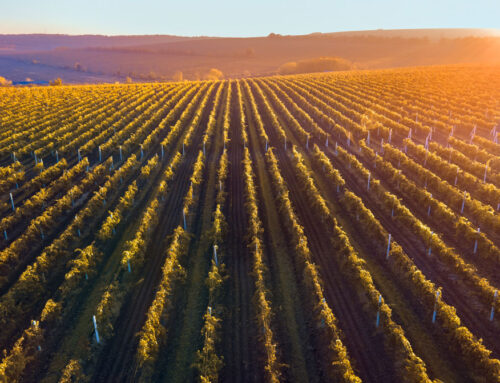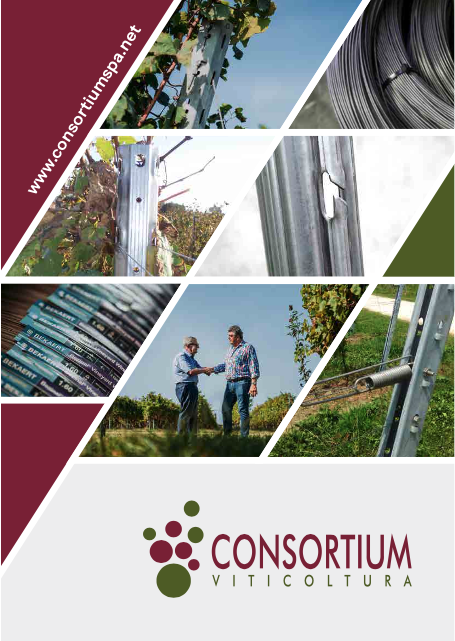Photo synthetic efficiency correlates closely with the spatial position of leaves on the shoot and their age; more specifically, young leaves and those located at the highest part of the shoot, above the cluster, are more photo synthetically active.
It is all too evident that such scientific knowledge must be taken into great account when designing the training form, which establishes the architecture of the plant and with it the spatial arrangement of shoots and clusters, and their synergistic and/or competitive relationships (sink-source relationships). Consequently, shoot management interventions during the summer season are also established, taking great care not to remove too many young leaves above the cluster.
The flow of synthetic photo elaborates to the clusters must be quite rapid; it is affected by a variety of factors such as solar radiation and temperature, leaf-cluster distance and the distribution of clusters on the stump itself.
Kliewer & Weaver (1971) showed that the percentage of sugars in berries increases in proportion to the ratio of leaf area to berry weight with a critical value of 22 cm² per gram of berry.
Beyond that limit, no such positive influence is no longer noticeable, but rather, on the contrary, reductions in sugar synthesis and increased susceptibility to cryptogams can occur, basically due to the shading that is induced (Fregoni, 1998).
Given the complexity of the plant canopy system, estimating the value of actually exposed and photosynthetically active leaf area can be difficult.
In fact, it depends on the configuration of the supporting structure, the type of shoot growth (in fact, there are vines with assurgent vegetation while others are retombing), the orientation of the rows, and the average leaf inclination and orientation, all of which are interrelated in the following equation:
SFE = 10,000 (2H + 1.5 e) Cd x Ct x Cp
Where:
- H = height of the palisade wall (m)
- e = thickness of vegetation (m)
- E = distance between rows (m)
- Cd = coefficient of discontinuity (%)
- Ct = shear coefficient
- Cp = coefficient of bearing
However, in the case of vines, an approximation consisting of the outer surface of the canopy including the two sides of the row and the upper section can be used.
This simplification is also justified on the basis of some experimental results that have clearly shown that the first outer layer of vegetation can contribute more than 70÷80% of the overall synthetic photo balance (Poni & Tabanelli, 1994).
French experimental data on the Merlot cultivar set 1 m² si SFE/1 kg. of grapes per vine as the minimum ratio to be sought in order to obtain correct and complete bunch ripening. In order to approach this ratio considered optimal, the winegrower, when defining the training form, will have to privilege an optimal row spacing, a sufficiently high piling, a triple system of support wires, which allow an important height of the palisaded vegetation, such as to avoid shading in any case.
As a general rule, therefore, an efficient and balanced form of breeding should be characterized by vegetative development such that, sufficiently quickly, all the space available for each strain is occupied.
This characteristic is indispensable to achieve the required minimum SFE/production per strain and thus maximum light utilization capacity. More prolonged vegetative growth can, on the contrary, be a negative characteristic, since it not only does not lead to further increase in the ratio but, on the contrary, causes excessive canopy thickening connected with the quality degradation of the grapes (Poni & Tabanelli).




